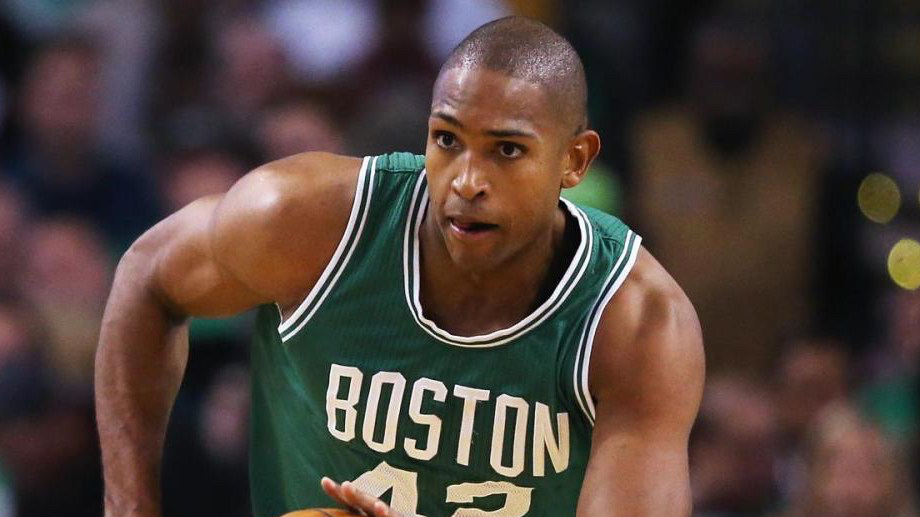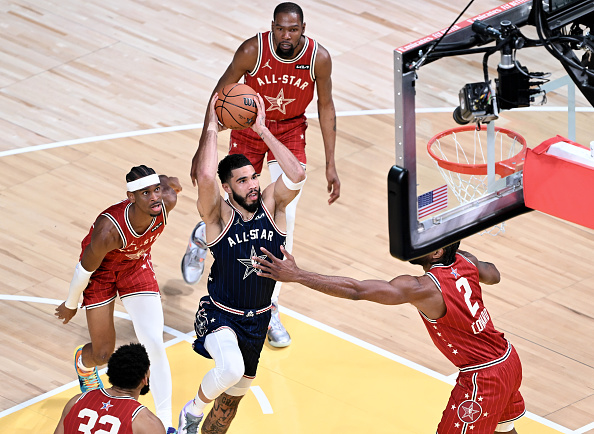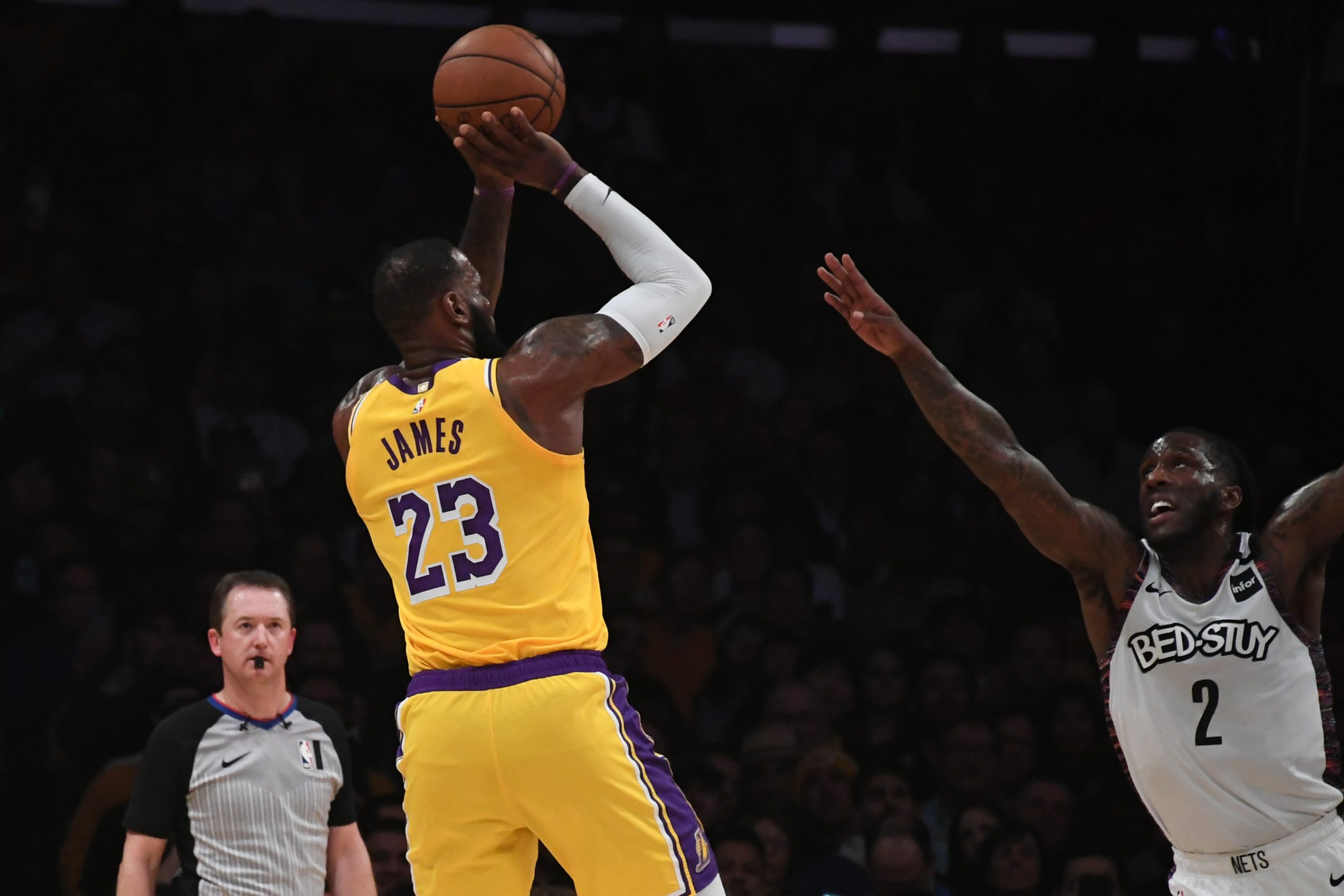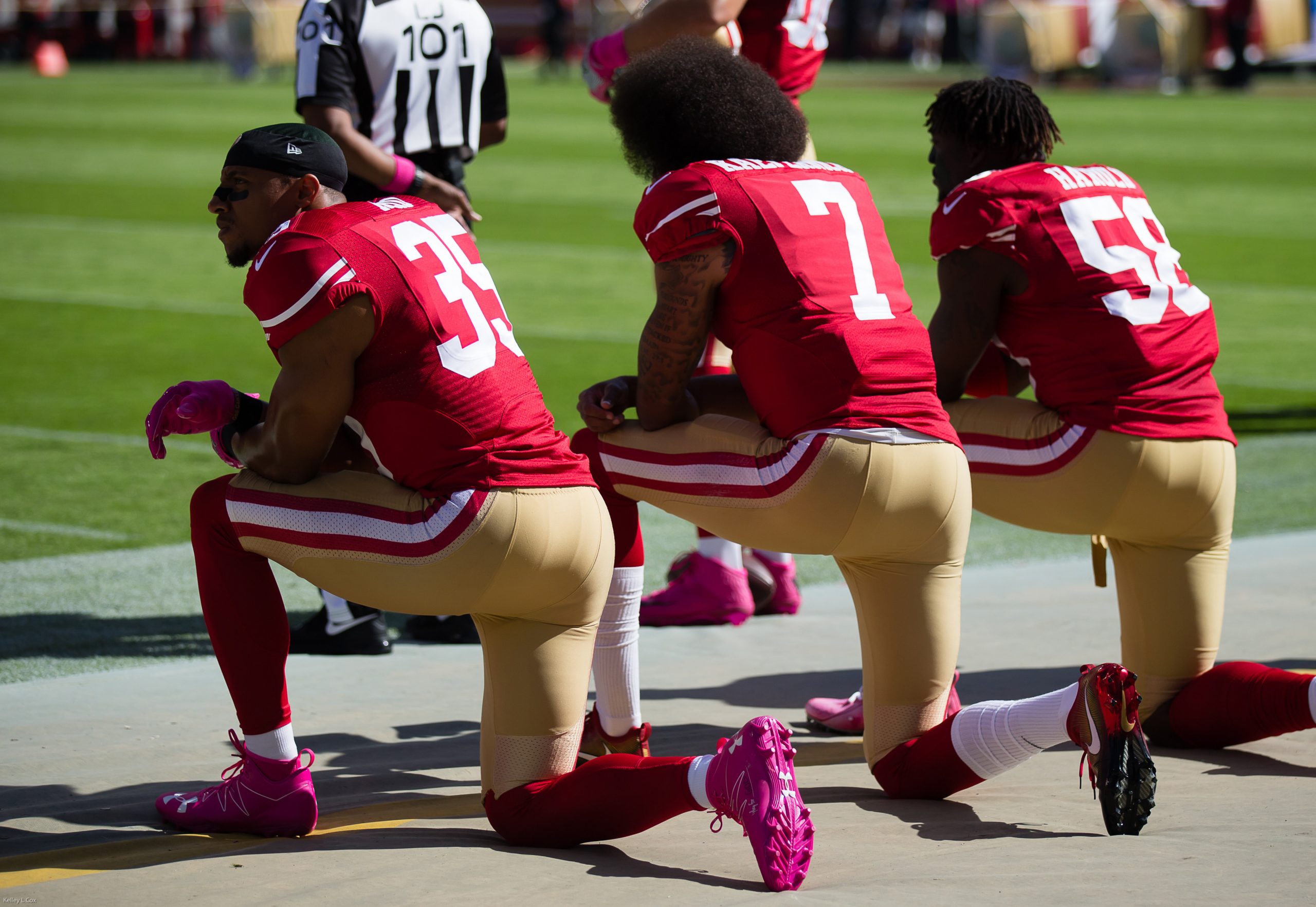During the 2016-17 season, the Boston Celtics were horrendous when it came to rebounding.
Players like Kelly Olynyk and Jonas Jerebko, that had the strength and size to compete under the basket, were not producing. The Celtics’ best rebounder, Al Horford, was averaging a mere 6.8 rebounds per game (RPG) and the team finished the season ranked 26th-place in RPG. This season, however, the team’s rebounding abilities have increased dramatically.
The Celtics went through what can be called a roster overhaul coming into this season. So far, it seems to be working to their advantage. Heading into Monday’s game against the Atlanta Hawks, the Celtics are ranked 4th in the NBA in RPG with 56.2.
Not one player on the current roster cracks the list of NBA top-10 rebounders (Al Horford sits at 19th), but the team collectively has figured out ways to dominate their opponents. The team has been benefiting from the rebounding efforts of all five positions, which is something that Celtics fans haven’t seen for a while.
Horford has proven to be a much stronger presence in the paint. He has increased his RPG from 6.8 to 9.1, his highest average since 2012. His defensive rebounding percentage has improved significantly, climbing from 18.6 percent to 25.2 percent. To round it out, his contested defensive rebounding percentage has also increased from 26.2 percent to 33.8 percent.
Following Horford, the team’s next three RPG leaders are Jaylen Brown, Jayson Tatum, and Aron Baynes, respectively.
In his sophomore season, Brown’s defensive numbers have increased across the board: he has improved in RPG (currently 6.6), rebounds per 36-minutes, total rebound rate, and defensive rebounding percentage.
Back in summer league, Tatum was averaging double-digit rebounds. Although those numbers haven’t exactly translated into this season, Tatum has proven he can compete in the big league, averaging 6.3 RPG.
Baynes, a center that stands at just under seven feet, completes the top-4 with an RPG of 5.7. He is also posting a total rebound percentage of 15.8 percent and a defensive rebound percentage of 20.7 percent.
The season is still early, so it’s questionable whether or not the team will be able to sustain this high-level rebounding through the spring. Regardless, the C’s performance thus far is an indicator of their potential success as a top-tier team.







